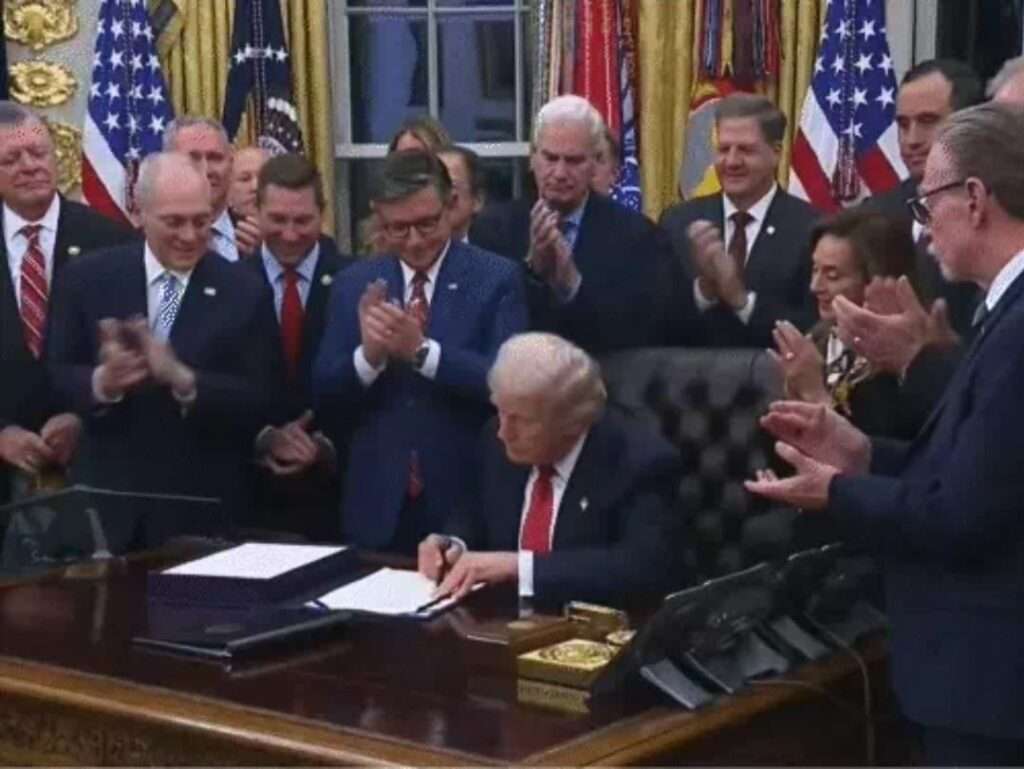The United States has formally ended its record 43-day federal government shutdown after President Donald Trump signed a temporary funding bill passed by the House of Representatives. While the agreement immediately restores operations across key agencies, analysts caution that the deal is a short-term political truce rather than a structural resolution to Washington’s deepening fiscal gridlock.
The impact of the shutdown has been broad. More than 800,000 federal employees faced delayed salaries, critical aviation services experienced a near-10% reduction in flight operations at major hubs, and welfare programmes such as the Supplemental Nutrition Assistance Program (SNAP) reported operational strain. The administration has pledged full restoration of SNAP benefits within 24 hours of funding approval, though bureaucratic backlogs are expected to slow normalisation.
Economists estimate that the shutdown may shave 0.2-0.3 percentage points from quarterly U.S. GDP, driven by stalled federal contracts, delayed regulatory approvals, and weakened consumer sentiment. For India and global markets, the shutdown underscores growing uncertainty in U.S. fiscal management; an issue that influences bond yields, risk appetite, and capital flows into emerging economies.
The deal also leaves unresolved the contentious issue of Affordable Care Act subsidies, which Democrats have insisted must be extended. With the temporary funding set to expire on January 30, 2026, Washington could face another confrontation unless bipartisan negotiation strengthens. The persistence of short-term spending bills signals deeper structural tensions that may continue to reverberate globally.

